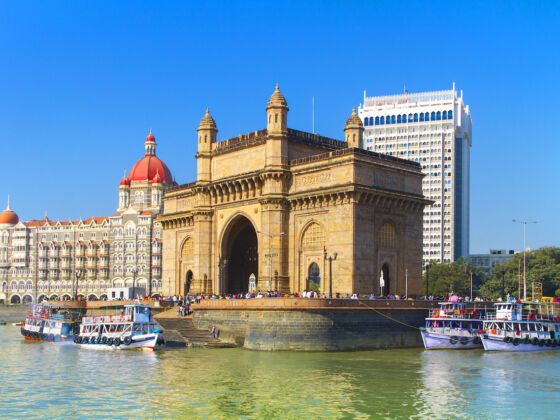The immense, sprawling city of Mumbai is full of contrasts. Apart from the rich-poor example that the world is fond of emphasizing, there are several others: the national park within the city, Gothic and Victorian buildings named after Maratha kings, and industries thriving within slums. Here’s how you can get the best of Mumbai.
Colaba
This neighbourhood in South Mumbai is the prime tourist spot of the old city. The Taj Mahal hotel and Gateway of India are located opposite each other, by the sea. Every half hour ferries from Gateway take passengers to Elephanta islands, where you can explore ancient cave temples from the fourth century AD. Once back on the mainland, head to Colaba causeway for some cheap street shopping (be ready to bargain!). Some popular restaurants on the street are Café Mondegar and Leopold Café, the latter having been one of the sites of the terror attack of November 2008. You can still see the bullet marks in the wall and one pane on the top floor is cracked and has a hole from a bullet.
